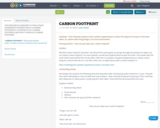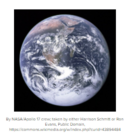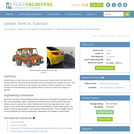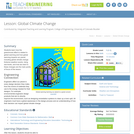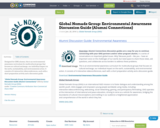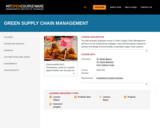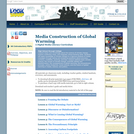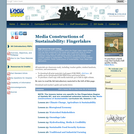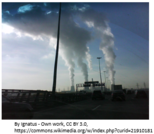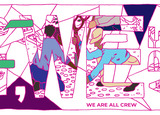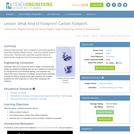
This resource is a video abstract of a research paper created by Research Square on behalf of its authors. It provides a synopsis that's easy to understand, and can be used to introduce the topics it covers to students, researchers, and the general public. The video's transcript is also provided in full, with a portion provided below for preview:
"Worldwide, today's stakeholders are concerned with more than shareholder value They care about a firm’s carbon footprint the production of safe and healthy products and suppliers that respect regulations and ethical principles For that reason, firms started issuing corporate social responsibility (CSR) reports, and audit firms now provide CSR assurance services That begs the question: Should firms use the same audit firm to perform both CSR assurance and financial audits? Or seek a different CSR assurance provider altogether? Researchers recently weighed in by analyzing more than 28,000 firm-year observations from 55 countries They discovered that audit firms offering CSR assurance + financial audits obtain more information about CSR risks than firms providing financial audits only Joint-service audit firms deliver better audit quality and make fewer Type II going concern errors have clients that book larger environmental and litigation provisions are less likely to provide income-decreasing restatements an.."
The rest of the transcript, along with a link to the research itself, is available on the resource itself.
- Subject:
- Accounting
- Business and Communication
- Material Type:
- Diagram/Illustration
- Reading
- Provider:
- Research Square
- Provider Set:
- Video Bytes
- Date Added:
- 10/24/2019
